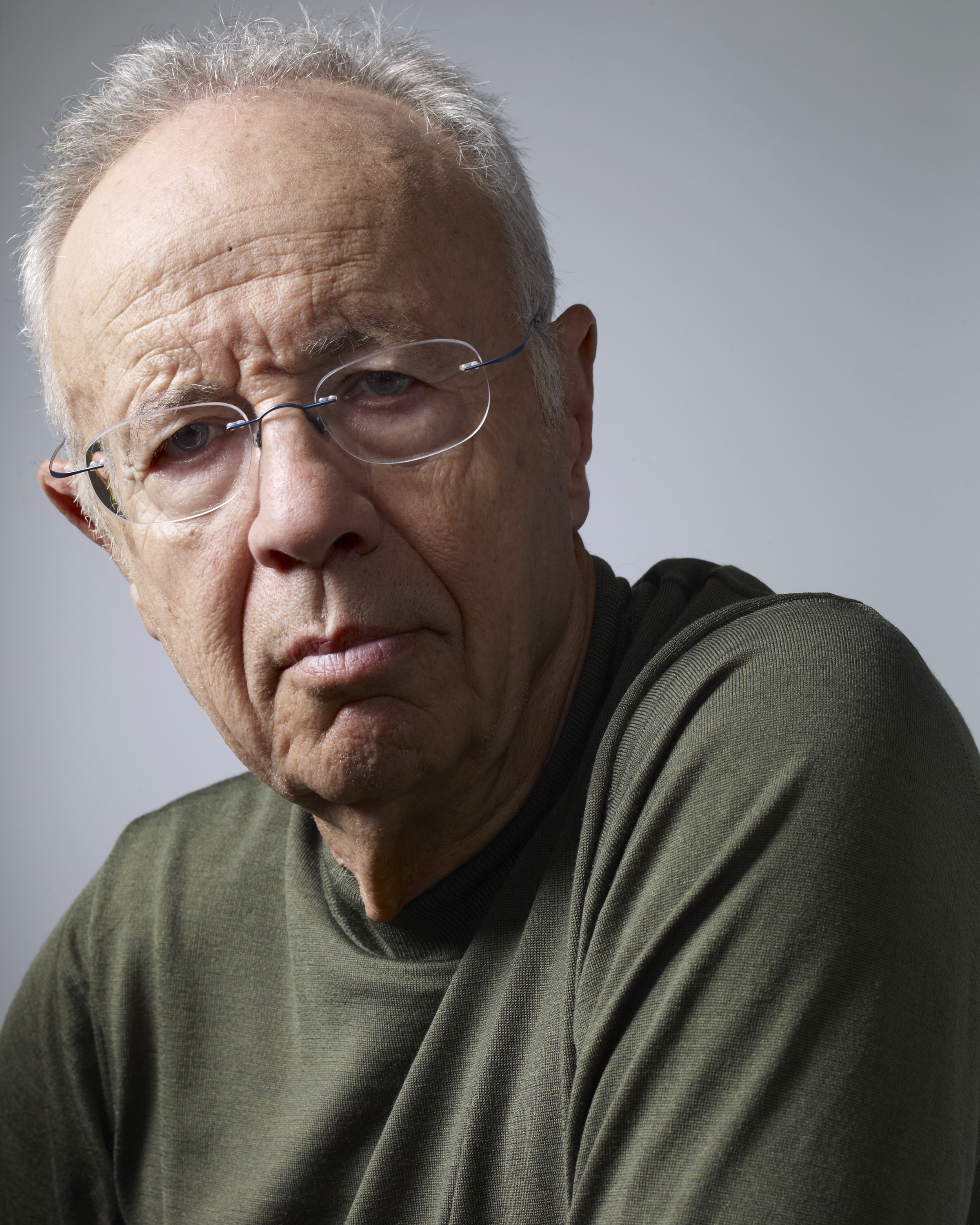 NEWS
NEWS
 NEWS
NEWS
 NEWS
NEWS
Andrew S. Grove’s death Mar. 21 at the age of 79 has unleashed a flurry of memorials about a singular legend of the business world. And he was indeed a figure who not only defined both the technology architecture and the business culture of Silicon Valley and the entire information economy, but also literally wrote the book on modern management–several of them, in fact.
Grove, the longtime president and then chief executive of chipmaker Intel Corp., deserves every plaudit he gets, and more. But I will remember so much more than the legend–the fighter whose motto was “Only the paranoid survive,” the mythic figure who turned Intel from an embattled maker of commodity memory chips into the world’s leading manufacturer of microprocessors, the mentor who counseled Steve Jobs before his return to Apple Inc.
More than all that, I will remember the man, whom I met frequently when I covered Intel for newspapers and magazines in the 1980s and 1990s. Interviewing Andy Grove was always an adventure, frequently combative but always stimulating in a way too few other people I interviewed were.
Make no mistake: Grove was a relentless competitor who, like others such as Steve Jobs, could be, to put it as bluntly as Grove would, a jerk in his dealings with employees and colleagues who didn’t deliver. He didn’t suffer fools lightly, either at Intel or in the media. Intel called its method of getting things done “constructive criticism,” which to outsiders looked like people yelling at each other.
Although Grove was clearly media-savvy, he refused to kiss up. Quite the contrary. Very often, he would point out why a question I had was the wrong one to ask–and very often, he was right. As a result, I frequently came away with answers that weren’t the ones I or my editors expected to get but ended up producing a more interesting story because Grove had taken the time to be more intellectually rigorous than his interviewer.
Yet even when he was surely fielding many of the same questions he had heard before and would hear again, he engaged with them anyway. Unlike nearly all of today’s PR-protected executives, Grove said what he thought, no matter whom he was speaking with. Naturally, he always had in mind Intel’s best interests. Nonetheless, he unfailingly took the time to think through an answer, not simply to recite talking points.
Nowhere was that more obvious than during one of Intel’s and Grove’s greatest crises. That was the flaw discovered in its Pentium chip in late 1994, when I got to watch Grove himself get schooled, this time by his own customers. After he initially declined to recall the chips as customers demanded because he believed the problem was minuscule, he soon changed his mind and, in the process, elevated Intel beyond its purely technical focus to become a more well-rounded, responsive organization.
In my BusinessWeek story, “The Education of Andy Grove,” it was apparent during interviews that the CEO was gripped in self-examination, questioning his and Intel’s aggressive approach not only to competitors but to customers. The march of microprocessors into every electronic product gradually made Intel a consumer company with all the new demands that entailed. “Sometimes you need a real jolt to realize a reality has kind of happened around you,” he said. “We have to learn some skills that are second nature to others.”
And they did. As in other crises before that, Grove quickly turned Intel’s fortunes around not only with the recall, but with a newly aggressive strategy. By October of that same year, I wrote a story, “Intel Unbound,” in which there was scarcely room to mention the Pentium bug amid the much bigger story that Intel was moving way beyond chips, making computer motherboards as a way to define the very architecture of the personal computer. Intel was again on top.
Even after Grove retired from Intel, several years after he was diagnosed with prostate cancer–which set off a typically rigorous search for a cure, taking an unconventional approach that he outlined in Fortune magazine in 1996–he remained active on a series of causes. They ranged from Parkinson’s disease, with which he was diagnosed in 2000, to the plight of United States manufacturing jobs.
That last issue gave me an opportunity to become reacquainted with Grove in 2011. He was typically unconventional in his views, reached after a deep dive into potential solutions with help from his students at Stanford University. He believed the US shouldn’t focus only on “high-value” production of advanced technologies, because boosting manufacturing of some lower-value goods could mean more jobs. He even advocated taxes on goods made overseas to be invested in American manufacturers, a protectionist measure unpopular with many economists. President Obama didn’t go that far, but in his 2012 State of the Union, Grove’s fingerprints were all over Obama’s comments on manufacturing policy.
In one of his last public appearances, Grove spoke briefly at a tribute held last September at the Churchill Club in Silicon Valley by the venture capital firm Andreessen Horowitz, whose partner Ben Horowitz considered Grove one of his greatest inspirations. His Parkinson’s well-advanced, Grove needed help getting on the stage, asking for a few seconds to talk–but not about himself or Intel or the Valley. Instead, he reminded the well-to-do attendees about the refugee crisis then gripping the Middle East and Europe.
“One item, food for thought,” he began in a halting voice. “As we sit here and go through what each of us has done … let’s remember that millions of young people who had the misfortune of being born in the wrong national boundaries are going through all the horrors that have been described.
“I made it,” he said. “Let’s try in a little way to help them make it.”
That’s the Andy Grove I’ll remember best, and the one I will miss the most.
THANK YOU